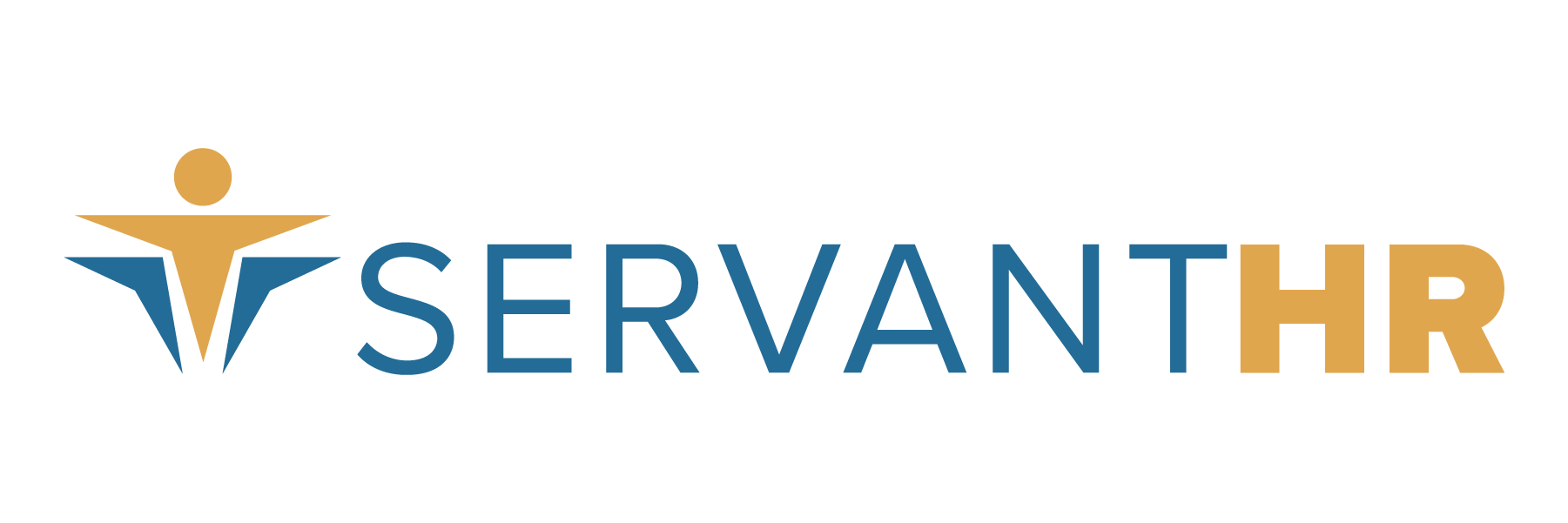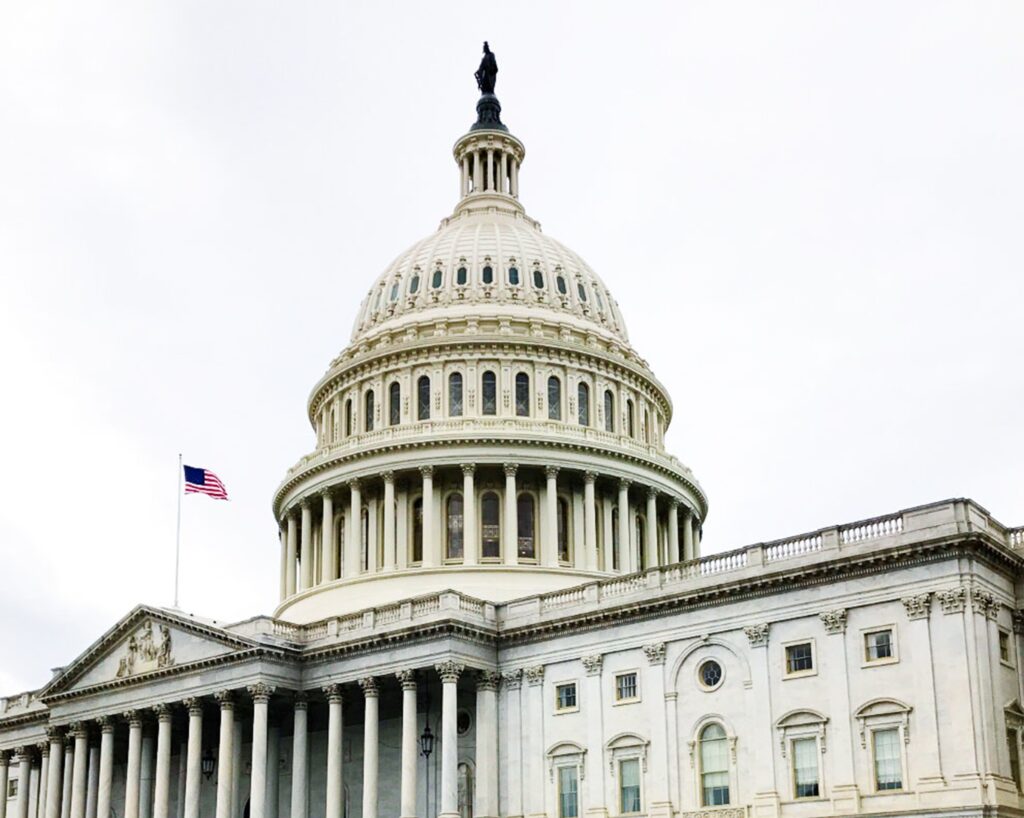In December 2016, compliance with the Obama administration and the Department of Labor’s proposed wage minimum required extreme reclassification. (Read our 2016 blog on this proposal here.) The proposal would have raised minimum exemption wage to a jarring $47,476 from the previous $23,660. Push back from businesses combined with a late term lawsuit kept the proposal pending until Trump took office.
This Just In
As of last week, the Department of Labor has proposed an increase straight down the middle of the historic minimum and attempted Obama-era hike. The current proposed salary-level threshold for white-collar exemptions now sits at $35,308. According to the Society of Human Resource Management (SHRM), the proposal, if finalized, could result in the transition of more than one million currently exempt workers to non exempt, as well as many pay increases for employees below the new threshold.
Nonexempt employees (those who do not meet the salary base and do not match FLSA work requirements) must receive a “time and one half” pay rate for any hours worked over forty in a workweek. The FLSA “duties test” defines specific regulations for executive, administrative and professional work that make an employee exempt, in addition to the salary threshold.
Tricky Business
While compliance is mandatory if the proposal is finalized, the specific way of reaching compliance is left to employer decisions.
If exempt employees currently make salaries significantly lower than the threshold, reclassifying employees to non-exempt and overtime eligible might make sense.
But, employers can also avoid salary and overtime pay altogether. Hours for newly non-exempt employees may be reduced, part-time or contract workers may be hired to fill gaps, tasks may be re-assigned to other exempt employees, and perks may be dismissed since the exempt/non-exempt distinction is often used to provide benefits.
Employers must then weigh the cost of morale.
Overall, it makes more sense to reclassify to nonexempt if an employee does not work much beyond forty hours. But for employees who often work over 40, it may be less difficult and less expensive to increase salary to the new threshold, rather than paying consistent overtime.
What Now?
There is still a long way to go before reclassification. Proposals are always small first steps in a lengthy process before finalization.
However, employers do not have to wait for the final rule to review FLSA duty requirements. Jeffrey Ruzal, an attorney with Epstein Becker Green, recommends employers begin auditing their exempt workforces to determine how many might qualify under the criteria of executive, administrative and professional exemptions. Before raging re-classification, it is possible that employees currently or potentially exempt due to salary, may not pass the primary duties tests.
In general, this pending proposal offers valuable time for fixing current errors and planning for the future. We at Servant HR would love to help plan for yours. If you’re our client, we’re already on it. But if you have questions about the specifics of the proposal, or are wondering how a PEO can help manage these crucial details, please don’t hesitate. Contact us today!






